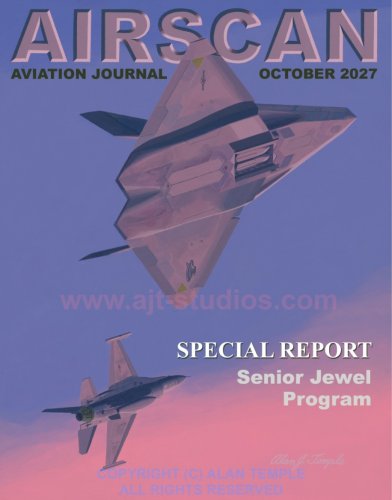6,000 nautical miles? That's on the order of some models of the 747 (which has relatively fuel-efficient, high bypass turbofans). As a supersonic aircraft, your desired plane would no doubt be less fuel-efficient and would need to be quite large to hold enough fuel. Concorde might be a good analogue here, as it is a large, supercruising aircraft and it has a range of 3,900 nautical miles. We'd probably be talking of something larger than that in order to achieve the desired range (unless the engines will be far more efficient or it has a larger fuel fraction). Although surprisingly, I just learned that the B-1B has a range over 6,000 nautical miles (unless that was a typo).
Why ask explicitly for thrust-vectoring engines? Those are usually a design solution, not a design requirement. Something this large certainly wouldn't be doing post-stall maneuvers. Alternatively, I do suppose they could potentially be used to reduce trim drag during cruise.

![fb-23_507h_zps43e825de[1].jpg](/data/attachments/74/74140-9a08d8f363901388ba7417158f2bc99a.jpg)
![fb-23_ats26446_NGC_FB-23_zps0dc02cb0[1].jpg](/data/attachments/74/74141-8bc7e8b2b4618bf47217fbbea91cf962.jpg)
